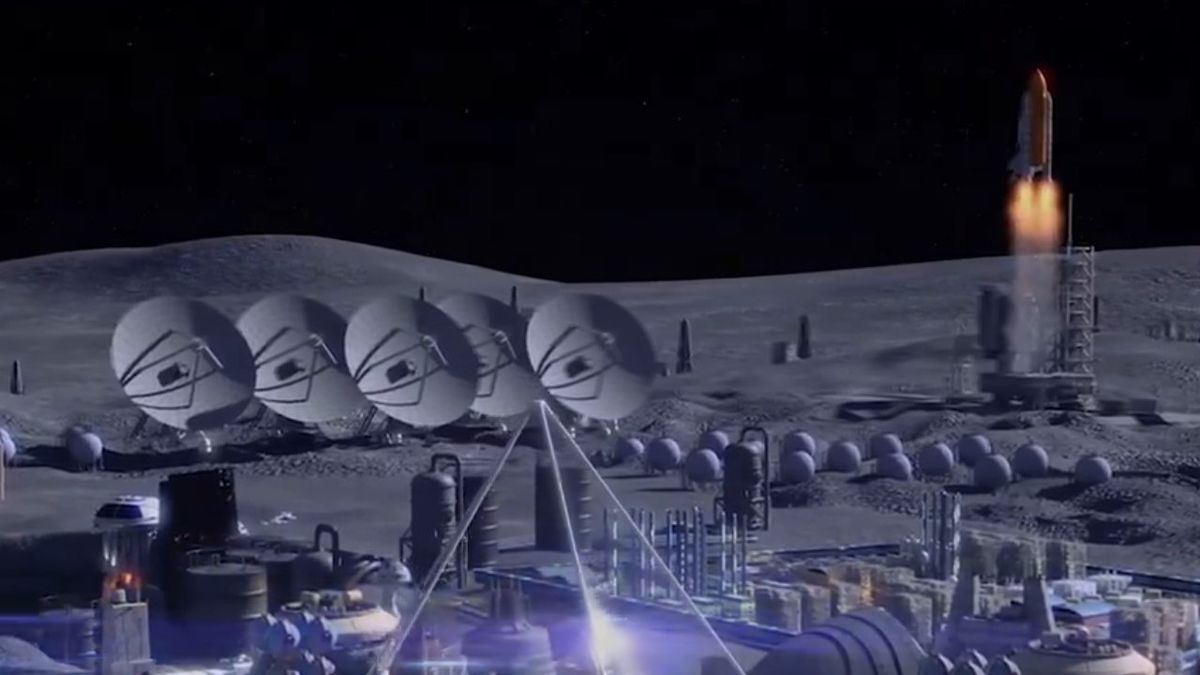SpaceX is set to launch 24 Starlink satellites from Florida on the morning of November 30.


SpaceX launching 24 Starlink satellites from Florida early Nov. 30 (Image Credit: Space.com)
SpaceX plans to launch 24 more of its Starlink internet satellites from Florida’s Space Coast early Saturday morning (Nov. 30).
A Falcon 9 rocket carrying 24 Starlink spacecraft is scheduled to lift off from Cape Canaveral Space Force Station on Saturday during a four-hour window that opens at 12:00 a.m. EST (0500 GMT).
SpaceX will webcast the action via its X account, with the livestream beginning about five minutes before launch.
If all goes according to plan, the Falcon 9’s first stage will return to Earth about eight minutes after liftoff, touching down on the droneship “Just Read the Instructions” in the Atlantic Ocean.
Related: Starlink satellite train: how to see and track it in the night sky
It will be the sixth launch and landing for this particular booster, according to a SpaceX mission description. Two of its five flights to date have been Starlink missions.
The Falcon 9’s upper stage will continue carrying the 24 Starlink satellites to low Earth orbit, deploying them there about 65 minutes after liftoff.
If all goes to plan, the Starlink launch will be the first leg of a Saturday morning rocket doubleheader for SpaceX.
The company also plans to launch the NROL-126 mission for the U.S. National Reconnaissance Office, and 20 Starlink craft, at 3:10 a.m. EST (0810 GMT) on Saturday from Vandenberg Space Force Base in California.





